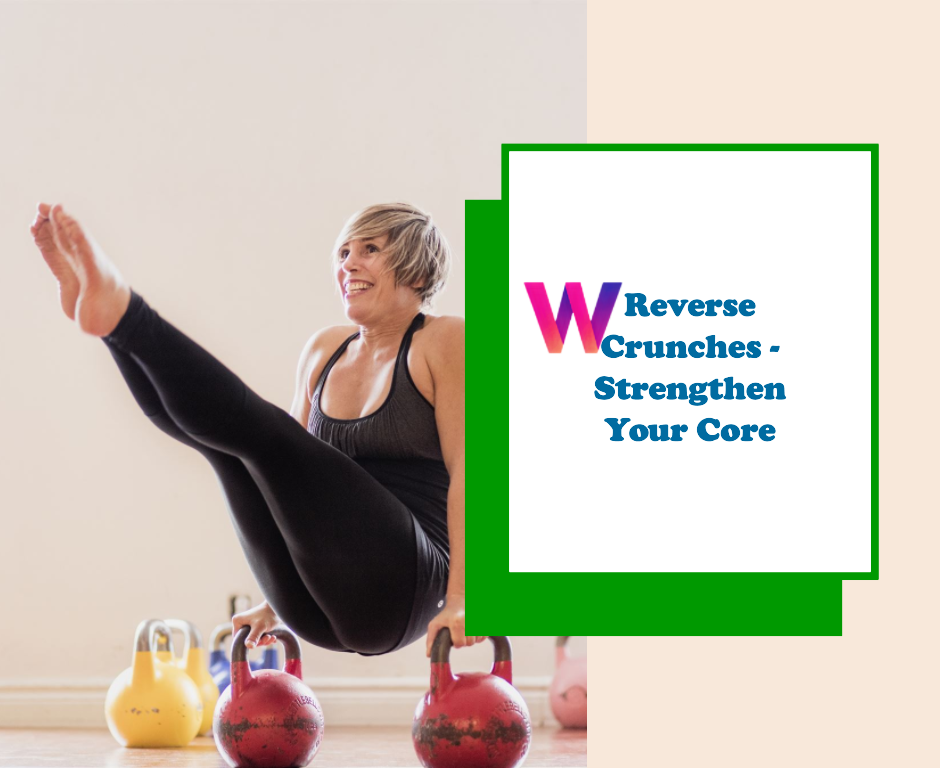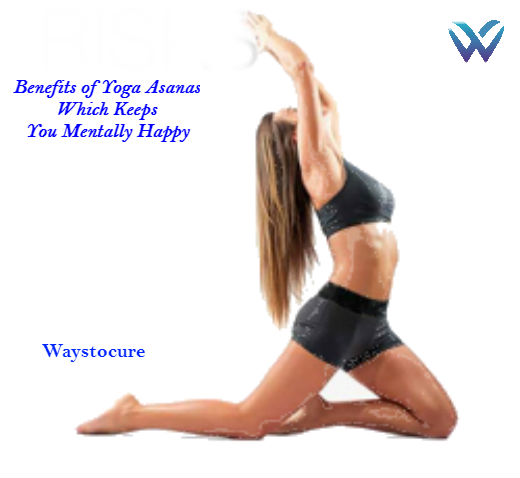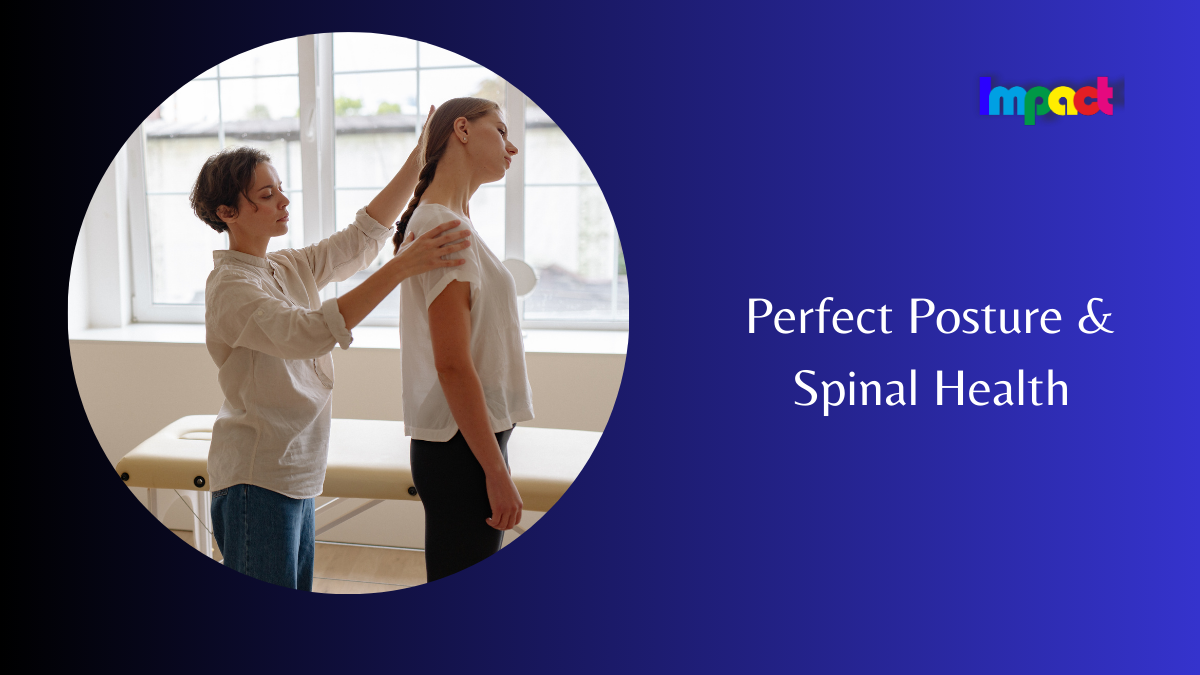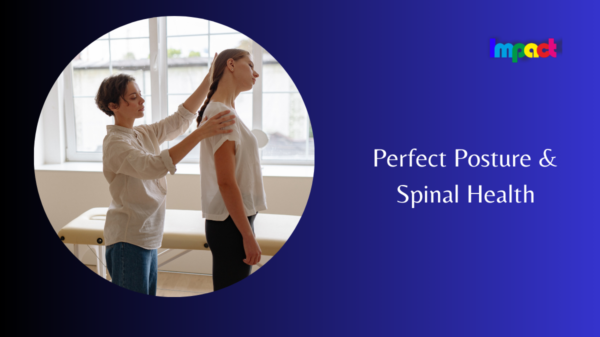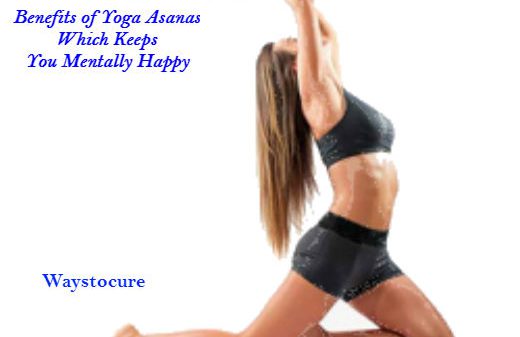If you’re looking for a simple but effective exercise to strengthen your core muscles and improve your posture, you might want to try the reverse crunch. Unlike the traditional crunch, which targets the upper abs, the reverse crunch works on the lower abs and the obliques. It also helps to reduce lower back pain and prevent injuries. In this article, we’ll explain what a reverse crunches is, how to do it correctly, and what are some of the benefits of this exercise.
Table of Contents
What is a reverse crunch?
A reverse crunch is a variation of the abdominal crunch that involves lifting your hips and legs off the ground and bringing them towards your chest. This movement engages the lower abs and the hip flexors, as well as the obliques and the transverse abdominis. The reverse crunch is considered a more advanced exercise than the regular crunch, as it requires more stability and coordination.
How to do a reverse crunch correctly?
To perform a reverse crunches, you’ll need a mat or a soft surface to lie on. Follow these steps to do a reverse crunch correctly:
– Lie on your back with your legs bent at 90 degrees and your feet flat on the floor. Place your hands behind your head or by your sides.
– Engage your core muscles and press your lower back into the mat. This will help you avoid arching your back and straining your spine.
– Exhale and lift your hips and legs off the floor, bringing your knees towards your chest. Try not to use momentum or swing your legs, but rather control the movement with your abs.
– Inhale and lower your hips and legs back to the starting position, without touching the floor. Keep your core engaged throughout the movement. – Repeat for 10 to 15 reps, or as many as you can with good form.
You can modify the reverse crunch by placing your hands under your hips for more support, or by extending your legs straight up for more challenge. You can also add some variations to the reverse crunch, such as twisting your knees to one side or alternating between bending and straightening your legs.
Variations and Tips:
To make the reverse crunch more challenging and effective, you can try these variations and tips:
– Add resistance. You can use ankle weights, resistance bands, or a medicine ball to add some extra weight to your legs and increase the intensity of the exercise.
– Extend your legs. You can straighten your legs or keep them slightly bent to increase the range of motion and difficulty of the exercise.
– Elevate your shoulders. You can lift your head and shoulders off the floor or place them on a bench or a stability ball to create more tension in your upper abs and obliques.
– Cross your ankles. You can cross one ankle over the other to target one side of your lower abs more than the other. – Slow down. You can perform each rep slowly and with control to maximize the muscle contraction and minimize the risk of injury.
“Also Read: Benefits of Yoga“
What are some of the benefits of a reverse crunches?
The reverse crunches is a great exercise for strengthening your core muscles, especially the lower abs and the obliques. A strong core can help you improve your posture, balance, stability, and mobility. It can also protect you from lower back pain and injuries, as well as improve your athletic performance and everyday activities.
Some of the benefits of a reverse crunches are:
– It targets the lower abs, which are often neglected by other exercises. The lower abs are responsible for stabilizing the pelvis and supporting the spine. They also help you maintain a flat stomach and prevent abdominal sagging.
– It works on the obliques, which are the muscles on the sides of your waist. The obliques help you twist and bend your torso, as well as prevent excess fat accumulation around your waistline. They also enhance your core stability and prevent rotational injuries.
– It activates the transverse abdominis, which is the deepest layer of abdominal muscle. The transverse abdominis acts like a corset that wraps around your abdomen and supports your internal organs. It also helps you breathe properly and maintain a good posture.
– It strengthens the hip flexors, which are the muscles that connect your hips to your thighs. The hip flexors help you lift your legs and move them forward and backward. They also play a role in stabilizing your pelvis and preventing hip pain and dysfunction.
– It improves your spinal alignment and reduces lower back pain. By keeping your lower back pressed into the mat, you avoid arching your back and compressing your spinal discs. This can help you prevent or relieve lower back pain caused by poor posture or sitting for long periods of time. – It challenges your core stability and coordination. By lifting your hips and legs off the floor, you create instability that forces your core muscles to work harder to keep you balanced. This can improve your core strength and endurance, as well as your neuromuscular control.
Conclusion:
A reverse crunches a great exercise to strengthen, tone, and sculpt your lower abs and obliques. It can also improve your core stability, balance, flexibility, and mobility. To perform it correctly, you need to engage your core, lift your hips and legs off the floor, bring them towards your chest, and lower them back to the starting position without touching the floor. You can also try some variations and tips to make it more challenging and effective. A reverse crunch is one of the best exercises for achieving a flat stomach and a slim waistline. Try it today and see the results for yourself!

